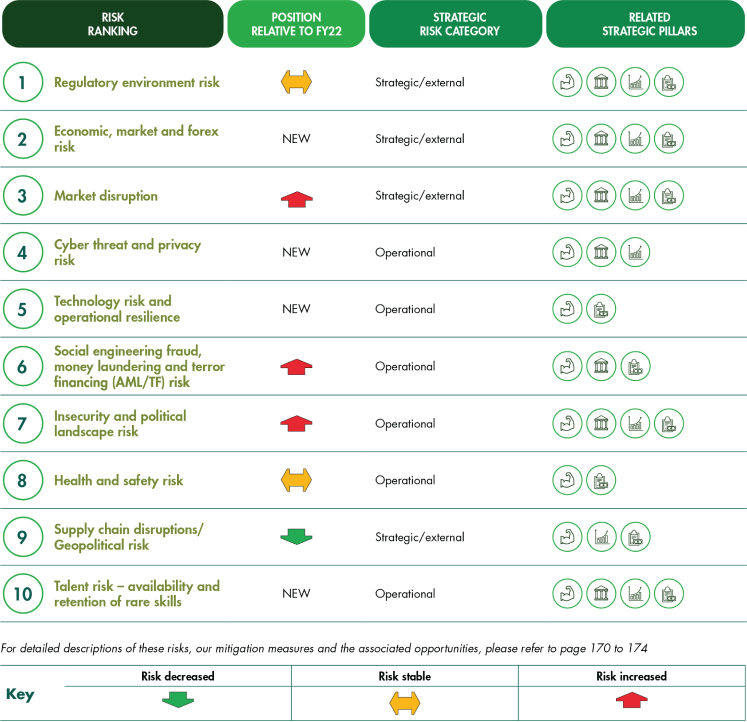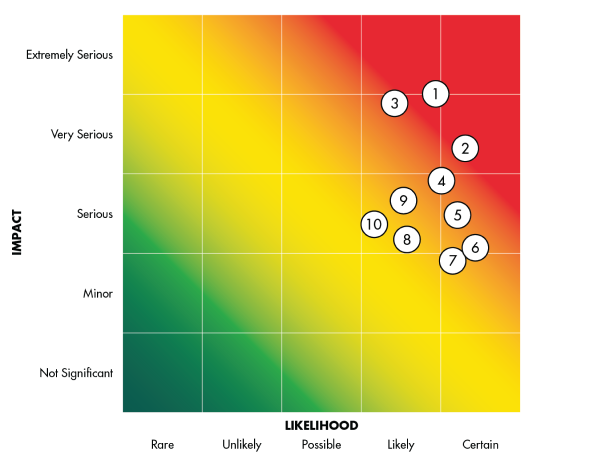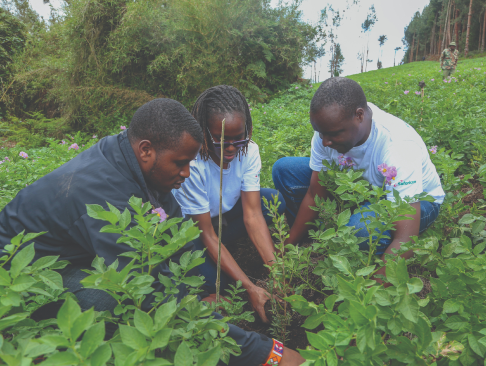
Why It Is Important
The way in which we live and work in the environment underpins our strategic focus on customers, colleagues, community and company. As one of the major players in Kenya's economy, we have a particular responsibility not only to manage and minimise our impact on the environment, but to demonstrate best practice in the ways in which we achieve, as well as in reporting our environmental performance openly and transparently.Aligned with our net-zero commitment, we manage our operations responsibly and work with our stakeholders to achieve this.
Our Response
We pay careful attention to energy usage, and the carbon footprint of both our Group and our wider industry. We also endeavour to provide solutions to help other sectors reduce their emissions through digitisation. We track greenhouse gas (GHG) emissions, energy efficiency, consumption and cost, waste and e-waste and emission reduction, constantly monitoring our progress. We also make use of environmental impact assessments and audits, together with international third-party standards such as ISO 14001 environmental and ISO 50001 energy management systems in order to establish both negative and positive impacts and implement mitigation measures where required. We collaborate with regulators to significantly increase access to information and communications technology (SDG9), while ensuring sustainable consumption and production patterns both within our own organisation and amongst our stakeholders (SDG12).By helping to build effective, accountable and inclusive institutions at all levels (SDG16), through partnerships within the wider business community (SDG17), we enable sustained, inclusive economic growth (SDG8). This, in turn, is driving progress, creating decent jobs for all and improving living standards.
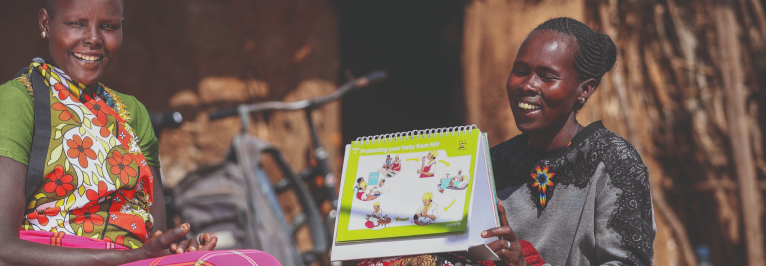
Why It Is Important
As a purpose-led technology company, we consider innovation to be central to achieving our strategic objectives, retaining our competitive edge, ensuring that we continue to grow.For us, innovation is not just about product innovation, but extends also to innovation-related to financing, partnerships and engagement– solutions throughout the value chain that transform lives in many different ways. Constant innovation is an important aspect of ensuring our continued success and resilience.
Our Response
Among other teams, our Business Development Division is responsible for innovation and partnerships. While each of these teams has specialised areas of expertise, they all share the understanding that the digital economy will be built by people who are not just connecting individuals and businesses to technology, but to solutions, as seen from the perspective of people living with challenges. The teams liaise closely with the Customer Obsession stream to achieve business insights into areas that matter most to customers and to guide the business in new areas of opportunity. These insights, together with ongoing training, are complemented by predictive models to drive smarter business decisions and actions.
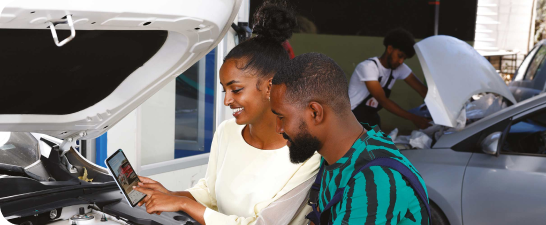
Why It Is Important
Good corporate governance practices are essential to the delivery of long-term, sustainable stakeholder and shareholder value. The ability to generate long-term value is based on good corporate governance, which helps to regulate risk. As a responsible corporate citizen, the implementation of strong governance structures, including a governance code, an ethical culture, and a robust risk management framework, is foremost in our minds.
Our Response
Our focused adherence to governance and ethics underpins our
risk management framework. We work beyond our own business to stand together
with society and drive behavioural change through effective collective
action initiatives.
We include our business partners in ethics training, and play an active role
in collaborative advocacy action that promotes ethics and integrity through
quarterly fraud forums for financial institutions, with 489 suppliers
attending.
Our governance, business ethics and risk priorities for the year were:
- Further embedding a positive risk culture across our organisation.
- Customer Obsession.
- Data privacy and protection.
- Cyber security.
- Managing risks and uncertainties facing the business.

Why It Is Important
The Regulatory Environment plays a significant role in Safaricom’s ability to operate effectively, as we reflect and respond to change in the socio- economic environment. These two environments together have the capacity to impact our strategy, its expression in our business model, and consequently our decision-making.
Our Response
We continuously and regularly identify and assess changes and monitor expectations to ensure that our decision-making is compliant, responsible, transparent and value-creating. We worked with the CA, who extended usage of the COVID-19 spectrum and secured 5G to us in order to reduce stress on the network caused by the spike in demand for data during the lockdown period. This enabled us to continue serving our customers during a time when the country was transitioning to virtual services. During the year under review, we maintained our focus on compliance, and this translated to minimal non-conformance, resulting in zero penalties or non-monetary sanctions.




